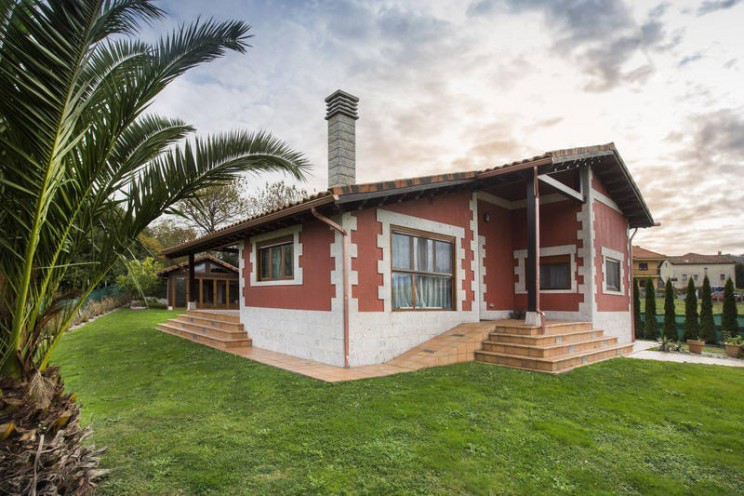
Industrialisation and prefabricated housing is becoming an increasingly popular option in Spain due to its features and economic price. The short building time is also among the factores that have triggered the demand por prefab homes during the coronavirus crisis. But can prefab homes be installed on any plot of land? Do you need a license to live in a prefabricated house? If so, where should you go to obtain it? These are just some of the frequently asked questions before buying a prefab home in Spain.
Until 2017, in Spain there was no specific regulation regarding the permits or taxes for prefabricated houses in general. Now, the legal situation has changed and it is rare to find any municipality that does not have a specific regulation in place, according to Eurocasas, a Spanish company specialising in prefab homes. Therefore, it is important to consult the regulations of each locality before buying a prefrabricated house.
The Spanish Civil Code distinguishes between immovable and movable property. According to the law, immovable goods include "land, buildings, roads and constructions of all kinds attached to the ground", while movable goods are those that "can be transported from one point to another without detriment to the immovable thing to which they are attached".
Therefore, if your prefabricated house needs foundations and connection to public water and energy supplies, it will be considered an immovable property and you will have to follow the process set out in the Law on Building Management (LOE) and the Technical Building Code (CTE): you will need a licence for the construction, works, location and anchoring on developable land. For all these procedures, you must have a project signed by an architect.
However, if your house can be transported, we are talking about a movable property. In this case, not so much paperwork will be required, only that relating to the location of the prefab house. Generally, the Spanish law considers that these houses can change their location almost at any time, so fewer permits are required.
"All the houses we offer can be transported. In fact, they leave the factory fully assembled to be installed on site. However, some are mobile homes and others modular constructions (anchored to the ground and considered movable property)", they explain from Eurocasas.
What should the land plot be like to install a prefab house on?
As a general rule, the land must be buildable land, although the local administration has the final say. "Most of them follow the regulations of their Autonomous Community, but there are municipalities with specific regulations," according to Eurocasas.
The best thing to do in any case is to consult the general development plan of each town to find out the qualification of the land where the prefabricated house is to be installed. Therefore, in order to carry out any procedure, it is necessary to go to the town hall to which the plot belongs and request its urban planning file.
There, you will receive information about the characteristics of the plot and find out if it is compatible with the installation of a prefabricated house. The council will not take into account the construction model, but will focus on the constructable area, the maximum heights or the exterior finishes.
What fees and taxes do I have to pay to install a prefab house in Spain?
All the procedures for this type of housing entail costs that in the case of mobile homes will be lower. Building permits are not necessary, but certain documentation is required for their location, such as the urban planning licence, for which a fee of between 0.5% and 2% of the cost must be paid. "The truth is that it is difficult to place mobile homes on private land; they are most commonly installed on a campsite, where they do not have to pay these fees", explain Eurocasas.
For prefab homes considered immovable goods, the owner must also pay the tax on constructions, installations and works, about 4% of the total cost. Lastly, the owner must also pay the payment required by each autonomous community in order to obtain the certificate of occupancy ("cedula de habitabilidad") and the first occupancy licence ("licencia de primera ocupacion") issued by the local council involved.
What is the best material for a prefabricated house?
The most advanced prefabricated houses are modular because they adapt to the needs of their owners. They are homes built in factories and some large developers such as Vía Célere or Aedas have already joined this type of construction which they prefer to call industrialised homes.
In terms of materials, wood stands out for its low cost. In this sense, it must be taken into account that the maintenance of these is more expensive and that their useful life is shorter than that of other prefabricated houses made of metal or concrete.
Steel structures offer the owner greater hardness, strength and durability, although it is actually the concrete structures that have gained a greater market share in recent years. In any case, regardless of the material chosen, the buyer should consult the years of guarantee offered by each manufacturer.
"The manufacturers of prefabricated houses must provide you with a 10-year guarantee on the structure (3 years on the rest of the house), as long as it is a house with a construction project. The legal guarantee for mobile homes is two years", specify Eurocasas.